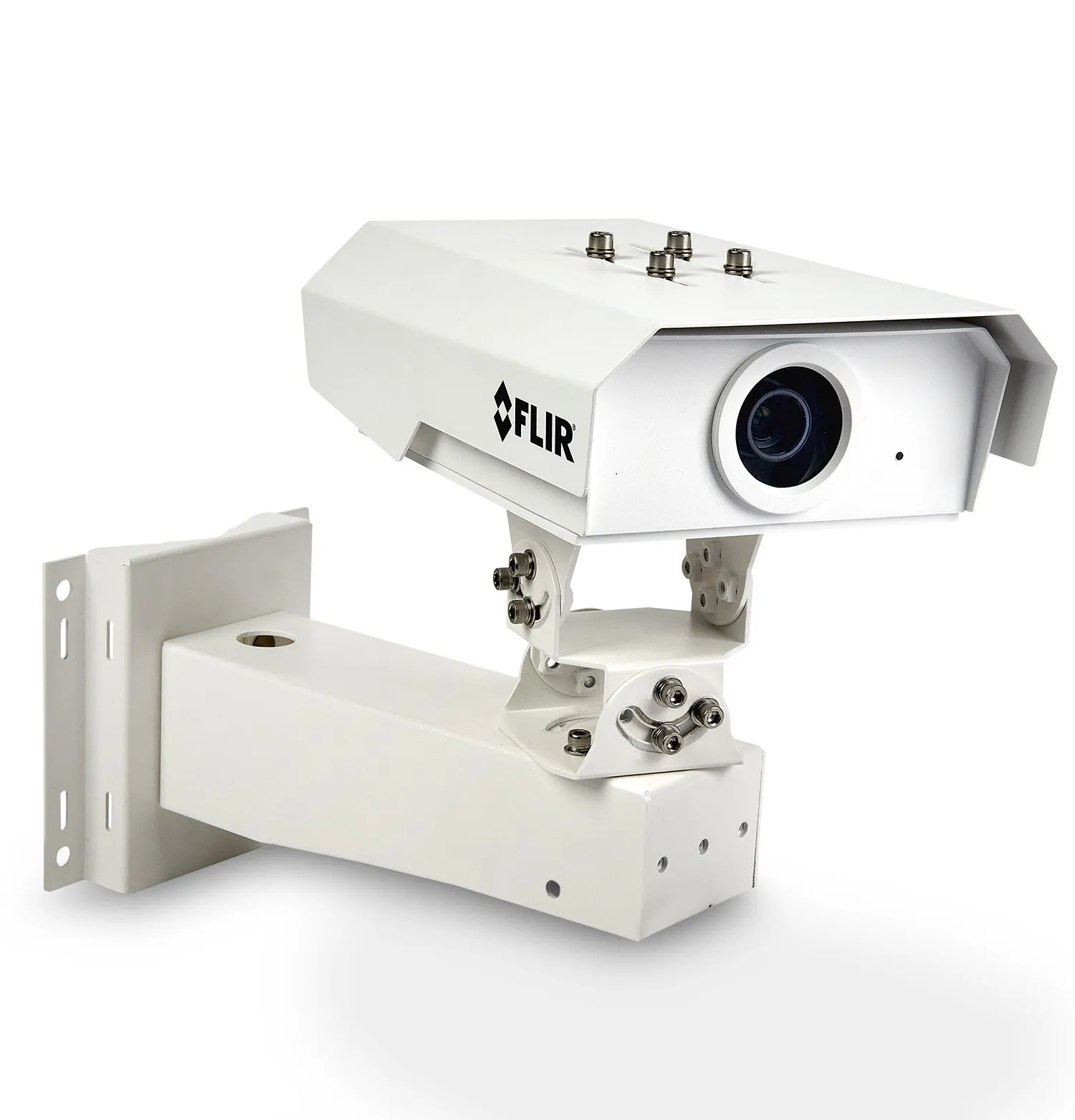TRW Automotive Holdings has developed an advanced pedestrian protection system that uses up to three remote acceleration sensors (RAS) located in the front bumper area.
January 26, 2012
Read time: 2 mins
RSS601 TRW Automotive Holdings has developed an advanced pedestrian protection system that uses up to three remote acceleration sensors (RAS) located in the front bumper area. These sensors continuously transmit acceleration signals to an electronic control unit (ECU) which analyses the sensor data. In the event of a collision, the system will determine if the vehicle has struck a human body (of various sizes) or another object. If a pedestrian collision is detected, the system triggers hood lifter mechanisms – located on either underside of the hood – to activate and create more space between the hood and the hard engine components to help reduce potential injury.
"Our goal is a reliable system based on proven technology for the hardware, software and control algorithms," said Martin Thoone, vice president, TRW global electronics engineering. "In the pedestrian protection system, the RAS can be mated to a stand-alone ECU, but the more cost effective solution is to have the software integrated into an existing TRW airbag control unit."
TRW says the preferred integrated option also offers better interactions between the frontal impact sensing and pedestrian impact sensing algorithms; resulting in enhanced overall sensing performance. System advantages also include: sensor packaging flexibility across a wide range of vehicle applications; an electronic communication interface that works within established industry protocols, helping ensure high compatibility and reliability; and the use of TRW's proprietary X-RISA_8 pedestrian impact sensing algorithm.
"Our goal is a reliable system based on proven technology for the hardware, software and control algorithms," said Martin Thoone, vice president, TRW global electronics engineering. "In the pedestrian protection system, the RAS can be mated to a stand-alone ECU, but the more cost effective solution is to have the software integrated into an existing TRW airbag control unit."
TRW says the preferred integrated option also offers better interactions between the frontal impact sensing and pedestrian impact sensing algorithms; resulting in enhanced overall sensing performance. System advantages also include: sensor packaging flexibility across a wide range of vehicle applications; an electronic communication interface that works within established industry protocols, helping ensure high compatibility and reliability; and the use of TRW's proprietary X-RISA_8 pedestrian impact sensing algorithm.









